
Have you ever wondered how much the moon has shaped how people believe and live? Across the world, ancient traditions and modern customs have been tied to its glowing presence in ways that might surprise you. Get ready to explore some fascinating traditions that prove the moon’s influence is anything but ordinary.
Many Cultures Follow Lunar Calendars Instead Of Solar Ones
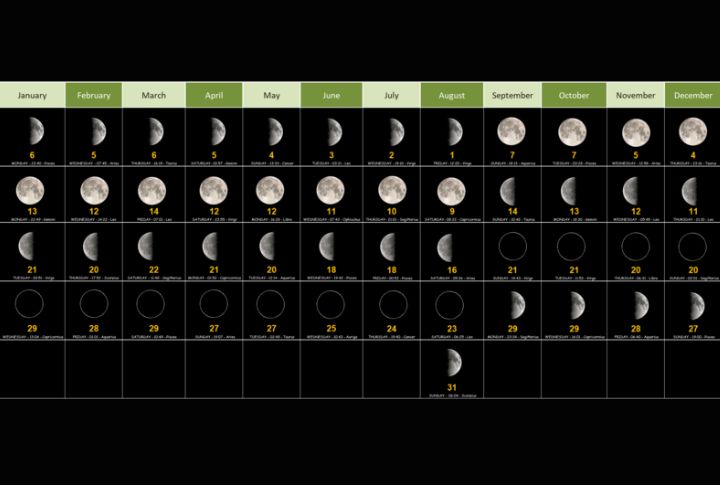
Lunar calendars determine timekeeping in cultures across Asia, the Middle East, and Africa. The Chinese lunisolar system, for example, relies on moon cycles to track months and seasonal changes. Unlike solar calendars, lunar-based systems shift yearly, creating dynamic festival dates. Also, Lunar Month lasts 29.5 days, and it affects global traditions.
The Full Moon Marks Major Festivals Across The World
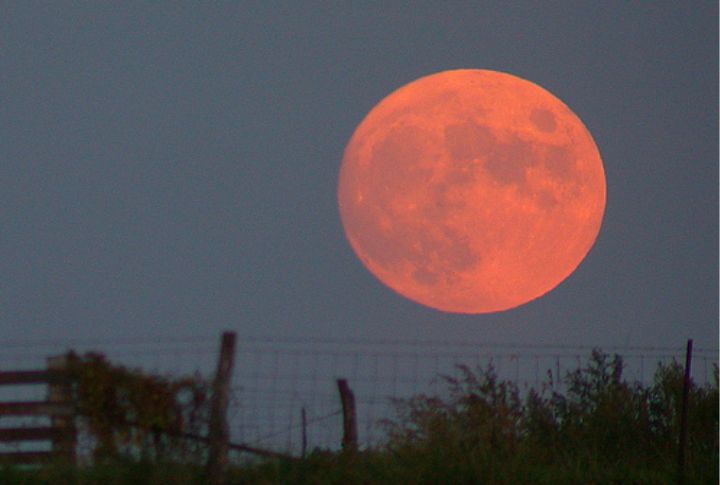
Festivals like Thailand’s Loy Krathong and India’s Guru Purnima revolve around the full moon, as many cultures believe this phase brings spiritual prosperity and renewal. Similarly, the Ancient Romans celebrated Diana’s Festival, honoring the moon goddess. Even today, full-moon gatherings bring together believers in shared rituals.
Lunar Eclipses Have Been Seen As Omens For Centuries
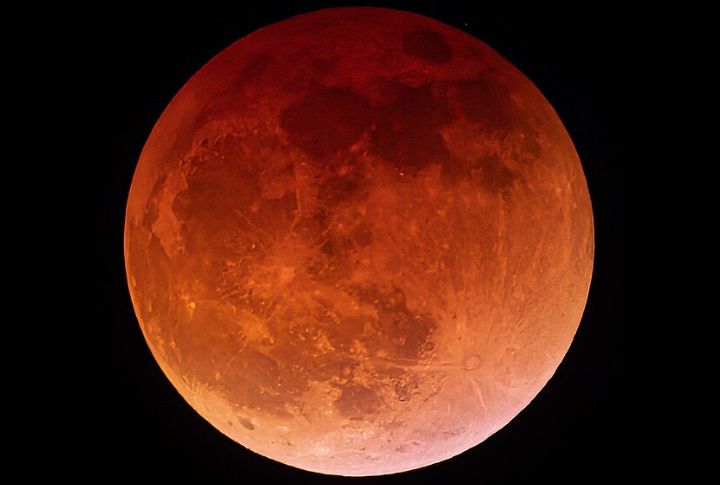
A blood-red moon has long been associated with fear and prophecy, as many cultures believed it signaled supernatural events. For instance, the Inca believed a lunar eclipse meant their moon god, Mama Quilla, was wounded. This prompted warriors to shout and shake weapons to defend her.
The Moon Plays A Central Role In Hindu Religious Practices
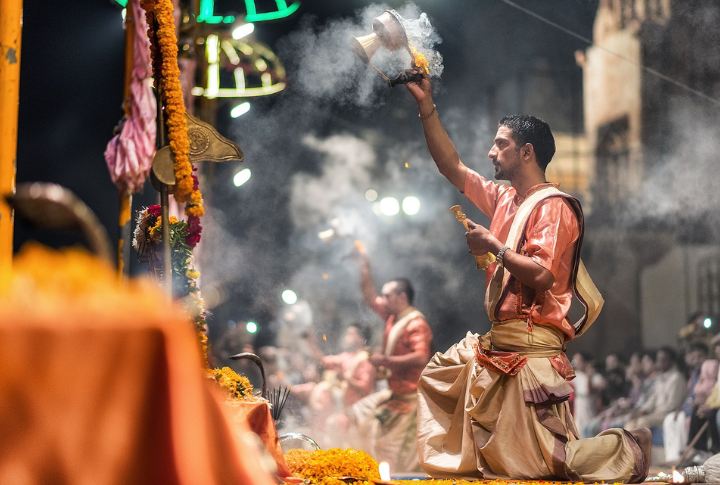
Hindu rituals like Karva Chauth and Maha Shivaratri rely on moon phases, as devotees observe fasting based on the Purnima (full moon) and Amavasya (new moon) cycles. Also, the Chaturthi fast honors Lord Ganesha, where devotees wait for the moon to rise before eating, further reinforcing faith-driven lunar observances.
The Lunar New Year Is the Most Celebrated Lunar-Based Holiday
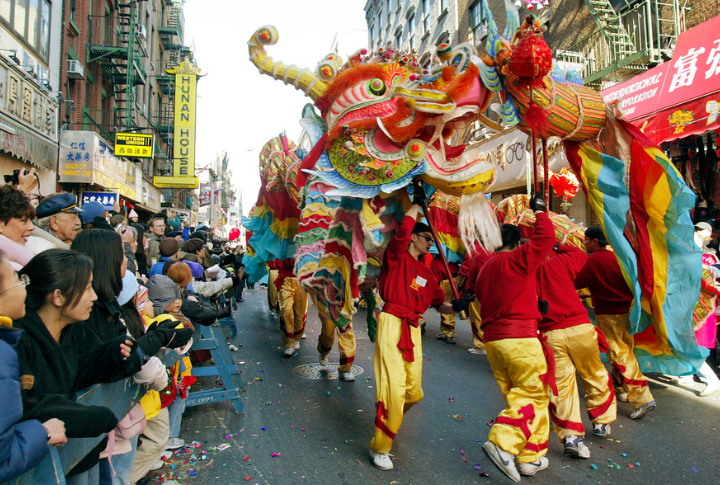
Millions across China and Korea mark the Lunar New Year, a festival spanning 15 days, which begins on the new moon. Notably, the Chinese zodiac rotates yearly based on this cycle. Meanwhile, fireworks, feasts, and dragon dances ward off evil. The purpose is to ensure prosperity and renewal in the coming year.
The Mayan Civilization Tracked Lunar Phases For Prophecies

Meticulous Mayan astronomers developed a lunar-based ritual calendar called the Tzolk’in, which tracked moon phases for agriculture and divine messages. In addition, a lunar table in the Dresden Codex, a 13th-century Mayan manuscript, calculates eclipses with astonishing precision, shaping religious ceremonies for centuries.
The Islamic Calendar Relies Entirely On The Moon’s Cycle
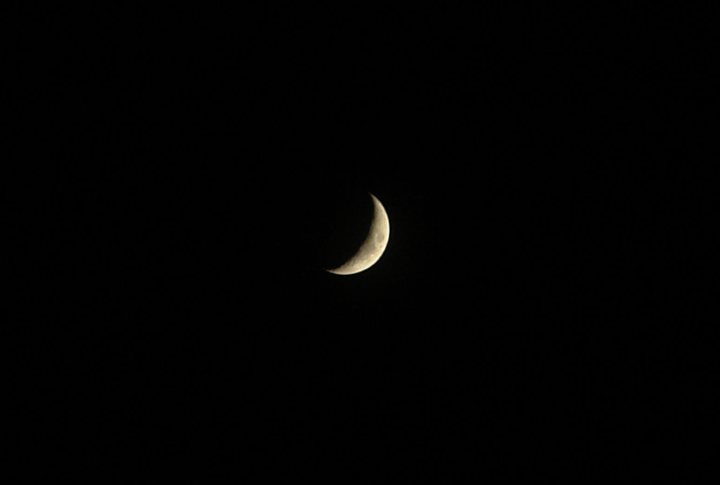
Islamic months begin when the crescent moon is first sighted, marking the start of each lunar cycle. As a result, Ramadan, the holiest month, shifts yearly due to the lunar Hijri calendar. Dating back to 622 CE, this system also determines significant observances like Eid al-Fitr and Eid al-Adha, further emphasizing the moon’s spiritual authority in Islam.
The Aztecs Linked The Moon To Warfare And Cosmic Struggle
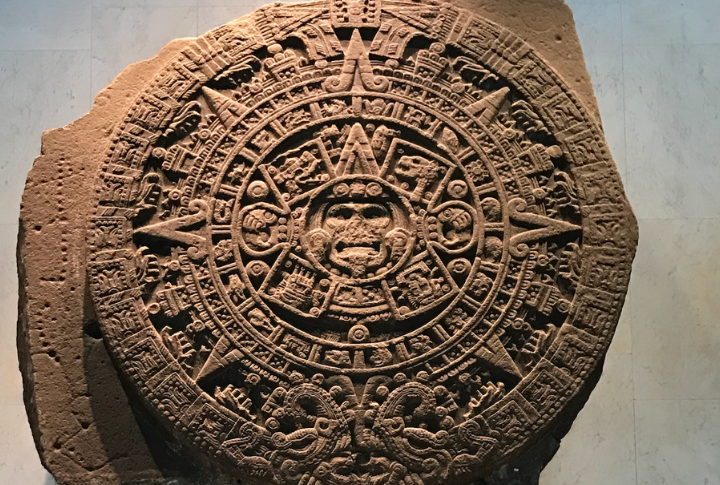
The Aztecs observed lunar phases to determine auspicious times for warfare because they believed that specific lunar alignments could enhance warriors’ strength and secure divine favor. The moon’s phases—new, waxing, complete, and waning—were thought to influence human emotions and behaviors, including those of warriors.
The Druids Believed In Moon’s Sacred Power

Ancient Celtic Druids aligned ceremonies with moon cycles. They believed lunar energy influenced human fate. The Mistletoe Ritual, performed under a full moon, is an example. It is used to seek divine blessings. Modern Wiccan practices also honor the Esbat Moon, preserving a millennia-old belief in the moon’s spiritual force.
The Mid Autumn Festival Is A Celebration Of Lunar Beauty
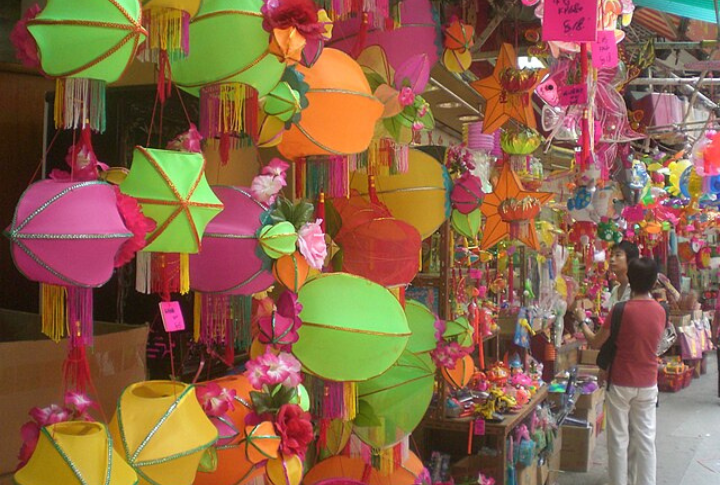
China’s Mid-Autumn Festival, held on the 15th day of the eighth lunar month, honors the Moon Goddess Chang’e. Families gather to admire the moon, eat mooncakes, and express gratitude. Similar festivals appear in Vietnam (Tet Trung Thu) and Korea (Chuseok)—a proof of lunar appreciation.
Lunar Tides Influence Fishing Traditions And Superstitions

Fishing communities across Japan and Scotland believe the new and full moon influences fish migration and abundance. Scientific studies also confirm that moon-induced tidal shifts impact marine life activity. As a result, fishermen consult lunar charts to maximize their catch, blending tradition with science-based survival strategies.
Ancient Egyptians Linked The Moon To Fertility And Conception
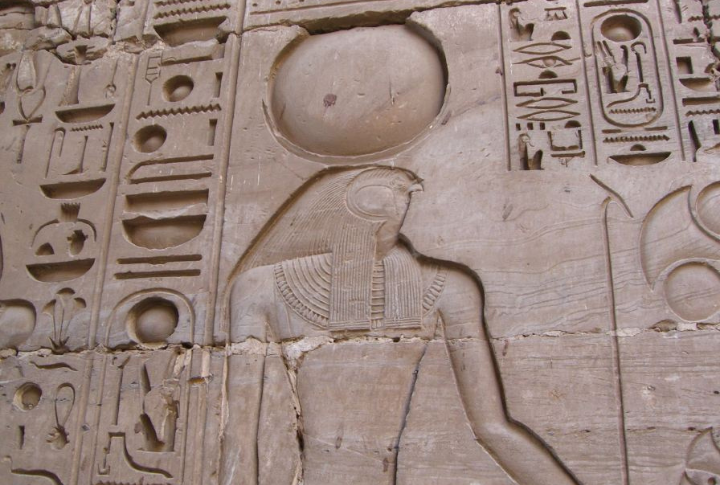
In ancient Egyptian beliefs, the moon was closely associated with fertility and the power to create life. Khonsu, the moon god, was believed to influence conception. As a result, many Egyptians prayed to him for successful pregnancies and saw lunar phases as guiding forces in fertility.
The Batammaliba People Resolve Conflicts During Lunar Eclipses
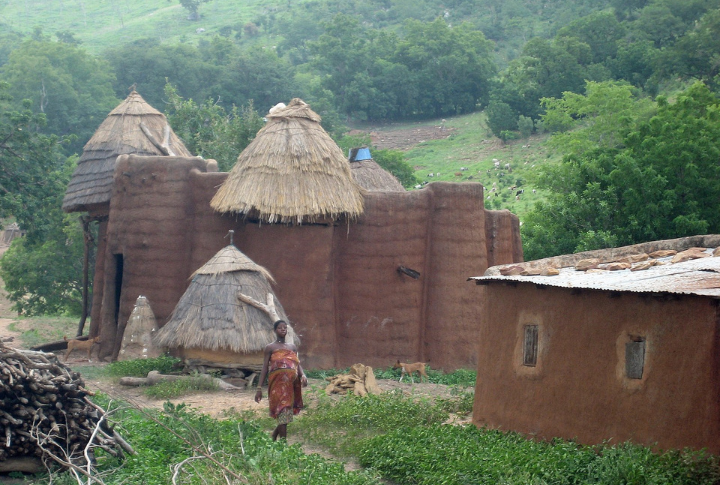
A lunar eclipse signifies cosmic discontent among the Batammaliba of Togo and Benin. Villagers reconcile disputes and reaffirm social harmony. This practice, rooted in oral traditions, views the moon’s darkness as a metaphor for unresolved tensions. Even celestial events into societal lessons.
The Maori Use Lunar Phases For Planting And Harvesting
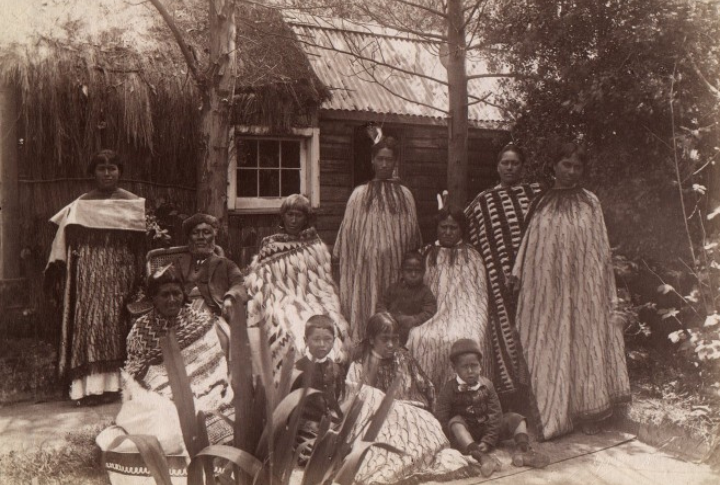
Whiro (new moon) warns of weak crops, while Rakaunui (full moon) signifies peak planting time in Maori agricultural lore. This wisdom has passed through generations and is still used in New Zealand farming. Lunar farming calendars reflect how indigenous communities synchronized survival with celestial rhythms.
Some Cultures Perform Ceremonial Cleansing Under Full Moons

Many traditions view the full moon as a time for purification and renewal. For example, Balinese Hindus bathe in sacred rivers to cleanse the soul and spirit. Some Native American tribes perform smoke rituals to dispel negative energy. Together, these customs strengthen the moon’s symbolic connection to transformation.
The Hopi Observe The Moon For Sacred Ceremonies
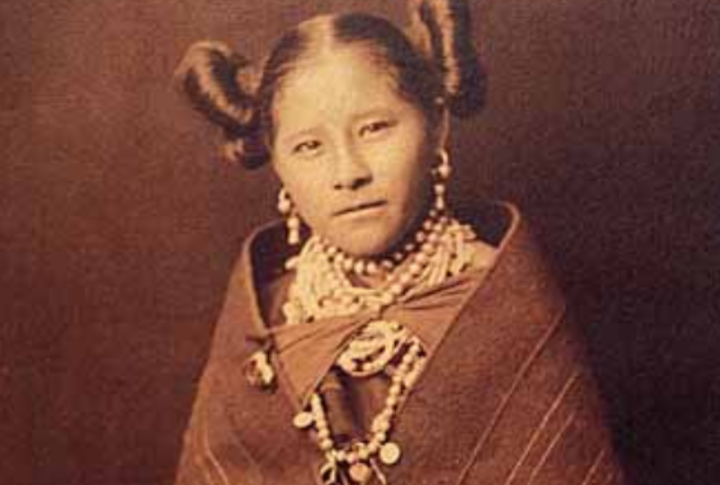
Hopi religious ceremonies, such as Powamuya, align with lunar cycles. The moon’s glow is a bridge to ancestral spirits, guiding rituals that seek balance between humans and nature. Kachina dances, held under specific moon phases, preserve sacred knowledge for future generations.
The Malagasy People Believe The Moon Guides The Afterlife
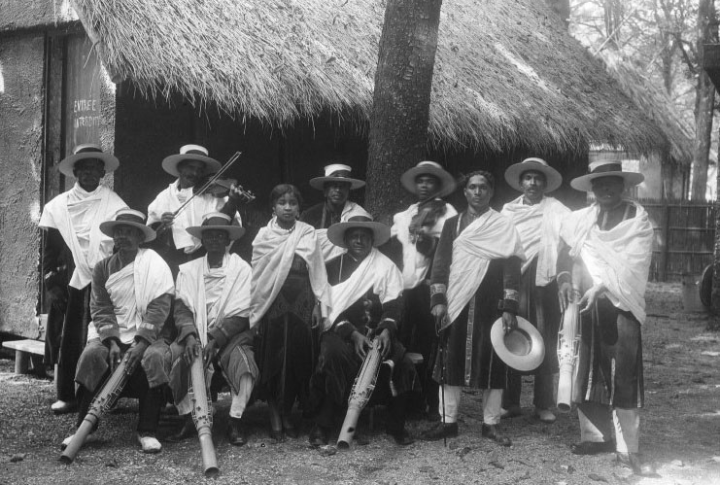
In Madagascar, the Famadihana (turning of the bones) ritual, held under a full moon, honors ancestors. Families exhume and rewrap remains while celebrating lineage through music and dance. Lunar timing ensures ancestral blessings and reflects a deep cultural connection between moon cycles and the afterlife.
Some Pagans Consider The Moon A Source Of Feminine Energy

Wiccan and Neo-Pagan traditions associate the moon with goddess archetypes like Selene and Artemis, embodying feminine energy and wisdom. Rituals encourage growth and manifestation during the waxing moon, while the waning moon supports release and reflection. This belief in lunar femininity still endures.
The Thai Loy Krathong Festival Thanks The Moon For Blessings
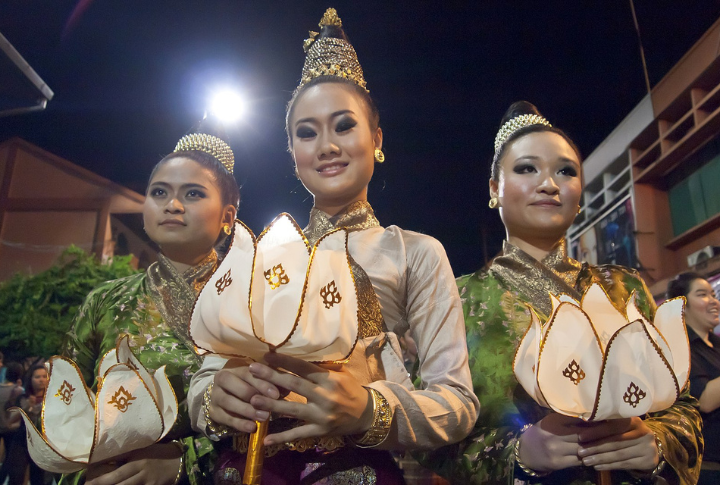
Thai locals release floating lanterns (krathongs) onto rivers every November to thank the moon for its prosperity. This tradition dates back to the 13th-century Sukhothai Kingdom, symbolizing renewal and good fortune. Similar festivals in Laos and Myanmar keep this vibrant moon-lit tradition alive.
The Inuit Track The Passing Of Time Through Lunar Cycles
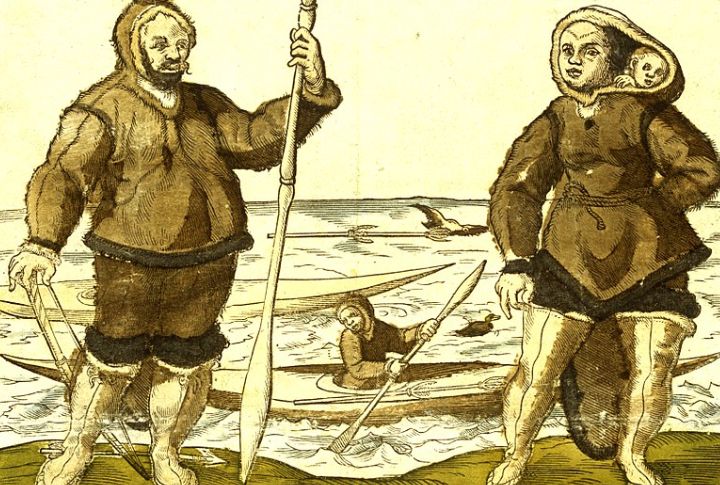
Arctic communities lack traditional clocks. As a result of this, Inuit elders rely on moon cycles to track hunting seasons and weather changes. Inuit names for months like Ikiaqtuqtuq (snow-blinding month) preserve ecological wisdom. This method of lunar-based survival remains essential in harsh Arctic landscapes.
